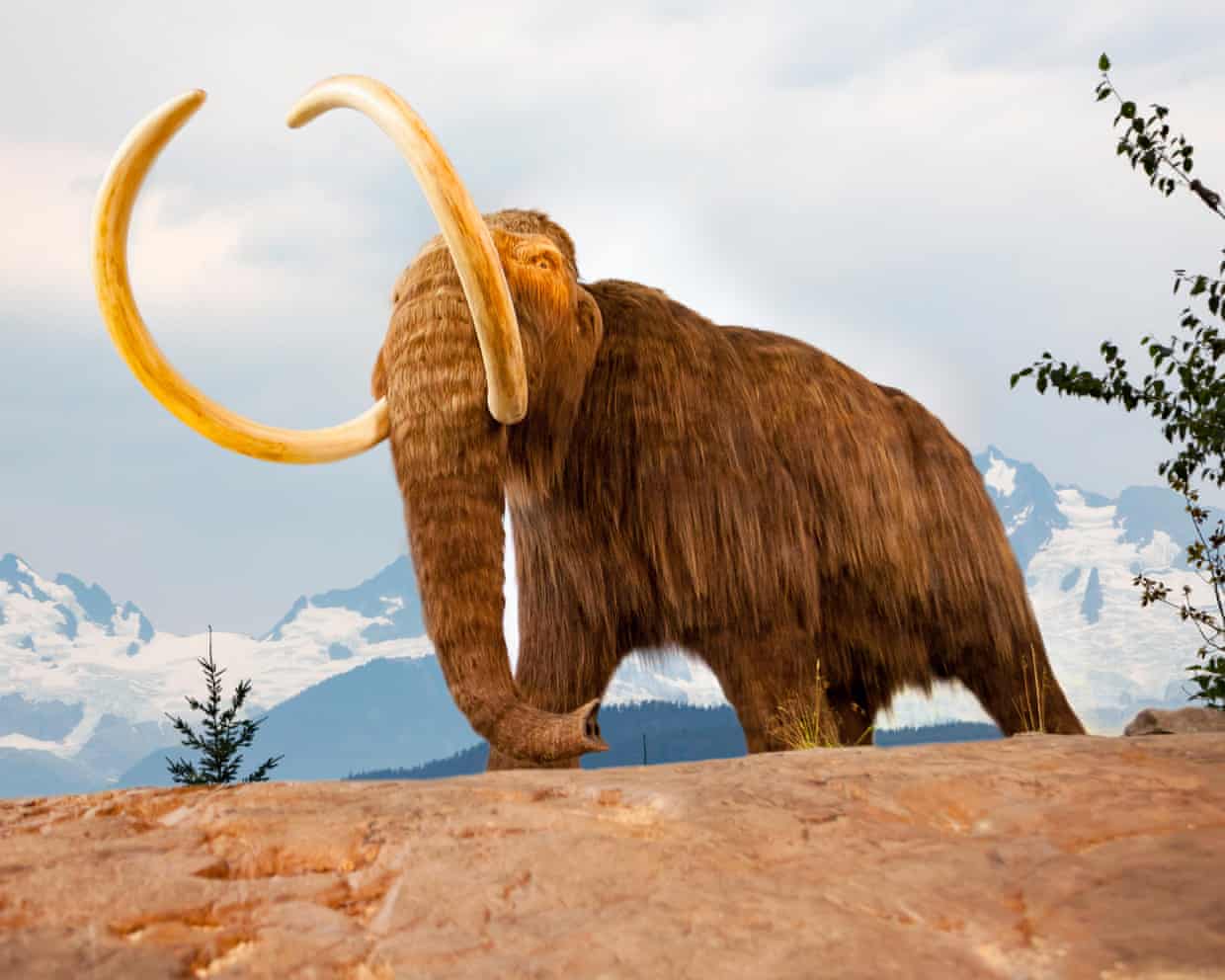Science
Scientists Uncover Ancient Life Using DNA Trapped in Sediments

Fossilisation is an uncommon process, with most organisms disappearing without a trace. Yet, in specific environments, DNA from living organisms can bind to soil and rock, preserving a record of their existence for hundreds of thousands, even millions, of years. Researchers are now harnessing this preserved DNA, known as sedaDNA, to reconstruct more accurate depictions of past environments and the species that inhabited them.
Tony Brown, a researcher at the University of Southampton, discusses this groundbreaking work in the journal Geoscientist. Brown and his team are uncovering remarkable insights into ancient ecosystems, revealing that species like woolly mammoths once roamed the Arctic long after they were presumed extinct in that region. This discovery is just one example of how sedaDNA can shed light on the historical presence of various organisms.
The process through which DNA is preserved in sediment is intricate. Every living organism leaves behind traces of DNA in various forms—skin flakes, hair, faeces, urine, pollen, and decaying tissue. Under optimal conditions, this DNA can become incorporated into mineral structures, allowing it to endure through time.
Revolutionising Our Understanding of Ancient Ecosystems
In Norway, researchers have successfully matched sedaDNA with ancient rock paintings found in caves, adding another layer to our understanding of historical life forms. This method opens up new avenues for research, enabling scientists to pinpoint not only the types of animals that existed but also their interactions with the environment and each other.
Brown is also involved in a significant project known as PortGEN, which aims to analyse sediments from ancient world ports, including Rome and Venice. By examining the sedaDNA found in these sediments, the research team seeks to gain insights into the lives of ancient civilisations, including their diets, habitats, and interactions with other species.
The potential applications of sedaDNA research are vast. It enables scientists to reconstruct historical ecosystems and understand biodiversity changes over millennia. As researchers continue to explore this domain, the implications for our understanding of life on Earth become increasingly profound.
The study of sedaDNA represents a significant advancement in palaeobiology and environmental science. Brown emphasises that this emerging field holds great promise for future discoveries, allowing us to trace the lineage of life in ways previously thought impossible. As techniques improve and more samples are collected, the knowledge gained will undoubtedly reshape our comprehension of the past and inform conservation efforts for the future.
The ability to read ancient life stories from sediments is akin to writing history directly into rock. As scientists delve deeper into this exciting area of research, the narrative of life on Earth continues to be rewritten.
-

 Education3 months ago
Education3 months agoBrandon University’s Failed $5 Million Project Sparks Oversight Review
-

 Science4 months ago
Science4 months agoMicrosoft Confirms U.S. Law Overrules Canadian Data Sovereignty
-

 Lifestyle3 months ago
Lifestyle3 months agoWinnipeg Celebrates Culinary Creativity During Le Burger Week 2025
-

 Health4 months ago
Health4 months agoMontreal’s Groupe Marcelle Leads Canadian Cosmetic Industry Growth
-

 Science4 months ago
Science4 months agoTech Innovator Amandipp Singh Transforms Hiring for Disabled
-

 Technology4 months ago
Technology4 months agoDragon Ball: Sparking! Zero Launching on Switch and Switch 2 This November
-

 Education4 months ago
Education4 months agoRed River College Launches New Programs to Address Industry Needs
-

 Technology4 months ago
Technology4 months agoGoogle Pixel 10 Pro Fold Specs Unveiled Ahead of Launch
-

 Business3 months ago
Business3 months agoRocket Lab Reports Strong Q2 2025 Revenue Growth and Future Plans
-

 Technology2 months ago
Technology2 months agoDiscord Faces Serious Security Breach Affecting Millions
-

 Education4 months ago
Education4 months agoAlberta Teachers’ Strike: Potential Impacts on Students and Families
-

 Science4 months ago
Science4 months agoChina’s Wukong Spacesuit Sets New Standard for AI in Space
-

 Education3 months ago
Education3 months agoNew SĆIȺNEW̱ SṮEȽIṮḴEȽ Elementary Opens in Langford for 2025/2026 Year
-

 Technology4 months ago
Technology4 months agoWorld of Warcraft Players Buzz Over 19-Quest Bee Challenge
-

 Business4 months ago
Business4 months agoNew Estimates Reveal ChatGPT-5 Energy Use Could Soar
-

 Business4 months ago
Business4 months agoDawson City Residents Rally Around Buy Canadian Movement
-

 Business4 months ago
Business4 months agoBNA Brewing to Open New Bowling Alley in Downtown Penticton
-

 Technology2 months ago
Technology2 months agoHuawei MatePad 12X Redefines Tablet Experience for Professionals
-

 Technology4 months ago
Technology4 months agoFuture Entertainment Launches DDoD with Gameplay Trailer Showcase
-

 Technology4 months ago
Technology4 months agoGlobal Launch of Ragnarok M: Classic Set for September 3, 2025
-

 Technology4 months ago
Technology4 months agoInnovative 140W GaN Travel Adapter Combines Power and Convenience
-

 Top Stories3 months ago
Top Stories3 months agoBlue Jays Shift José Berríos to Bullpen Ahead of Playoffs
-

 Science4 months ago
Science4 months agoXi Labs Innovates with New AI Operating System Set for 2025 Launch
-

 Technology4 months ago
Technology4 months agoNew IDR01 Smart Ring Offers Advanced Sports Tracking for $169










